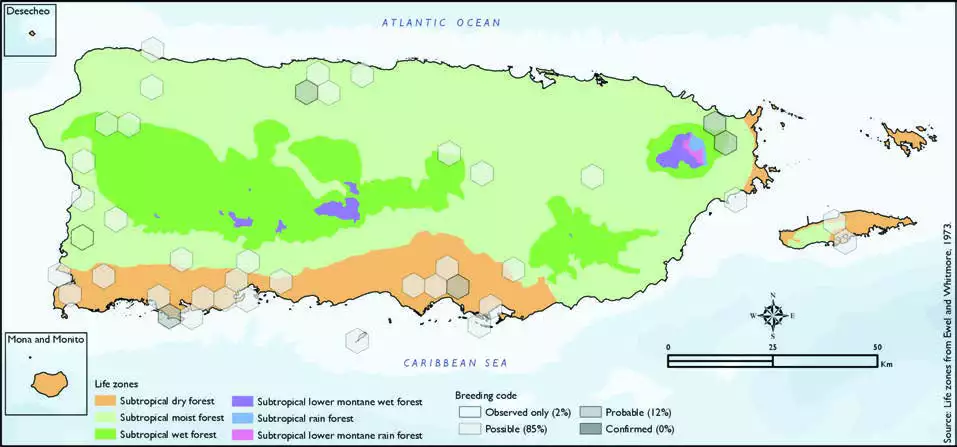Short-eared Owl
Description
The short-eared owl (Asio flammeus) is a widespread grassland species in the family Strigidae. Owls belonging to genus Asio are known as the eared owls, as they have tufts of feathers resembling mammalian ears. These "ear" tufts may or may not be visible. The short-eared owl will display its tufts when in a defensive pose, although its very short tufts are usually not visible. The short-eared owl is found in open country and grasslands.
The short-eared owl is a medium-sized owl measuring 34–43 cm (13–17 in) in length and weighing 206–475 g (7.3–16.8 oz). It has large eyes, a big head, a short neck, and broad wings. Its bill is short, strong, hooked and black. Its plumage is mottled tawny to brown with a barred tail and wings. The upper breast is significantly streaked. Its flight is characteristically floppy due to its irregular wingbeats. The short-eared owl may also be described as "moth or bat-like" in flight.[10] Wingspans range from 85 to 110 cm (33 to 43 in).[11] Females are slightly larger than males. The yellow-orange eyes of A. flammeus are exaggerated by black rings encircling each eye, giving the appearance of them wearing mascara, and large, whitish disks of plumage surrounding the eyes like a mask.
Distribution & Habitat
The Short-eared Owl has a worldwide distribution. In the
Caribbean, it is a common
resident on Cuba and Hispaniola,
and uncommon on Puerto Rico
(Raffaele and others 1998). It
occurs in Puerto Ricos mainland
(Biaggi 1997, Oberle 2018,
Raffaele 1989a) and Vieques,
in the latter being an extremely
rare resident (Gemmill 2015). In
Puerto Rico, it can be regularly
seen in the municipality of
Salinas and the Caño Tiburones
Natural Reserve (Oberle 2018).
Nonetheless, it has also been
observed in Cerro de las Mesas
in Mayagüez (Biaggi 1997). The owl is a species of open
habitats including open fields,
pastures, short-grass marshes
(Oberle 2018), rice fields, and
citrus plantations (Oberle 2018,
Raffaele and others 1998). The
atlas fieldwork yielded a total of
51 records within 41 hexagons
or 9 percent of the 479 total
hexagons (see map). Of the 41
hexagons where this species
was found, breeding met the
atlas definition of probable in 12
percent (5) and possible in 85
percent (35), while the species
was observed in 2 percent (1)
of the hexagons but without
evidence of breeding (see map).Short-eared Owl distribution. The map shows the highest breeding code by hexagon and overlaying the ecological life zones in
Puerto Rico. Note: percentages may not total 100 due to rounding. 177Short-eared Owl/Múcaro Real

Breeding Habits
The Short-eared Owl makes a scrape nest on the ground under
a bush or a thick clump of grass
(Raffaele and others 1998).
Previously published reports
indicate that breeding occurs
mostly from April to June, but
some nesting activity has been
noted as early as December
(Raffaele and others 1998).
Nevertheless, atlas results suggest
that this species breeding season
extends mostly from February
to June and to a lesser extent
from August to October and
December, and peaks in March (see chart). Results suggest
that this species breeds mostly
within the subtropical dry forest
life zone (50 percent of the
hexagons) (see table and map).
However, results indicate that
it may also breed within the
subtropical moist forest life zone
(43 percent of the hexagons)
and rarely in the subtropical
wet forest life zone at higher
elevations (8 percent of the
hexagons) (see table).
Conservation
The current population trend of the Short-eared Owl is described as decreasing in North America
(Butcher and Niven 2007), and
it is currently listed as a species
of least concern by the IUCN
(BirdLife International 2016).
Locally, this species is not
listed in any of the threatened
categories of PRDNER and
USFWS. In Puerto Rico, the
Short-eared Owl has a protected
habitat of 15 percent or 148 km2 of the total area covered by
the hexagons where evidence
of breeding was found for this
species (958 km2).
Related Species
Family:
owl